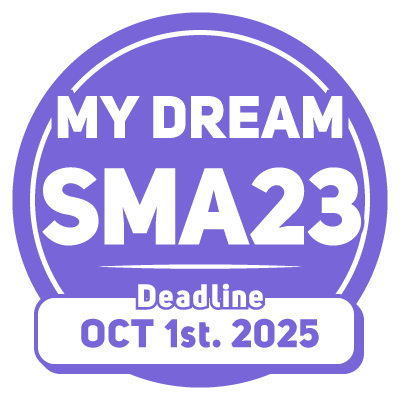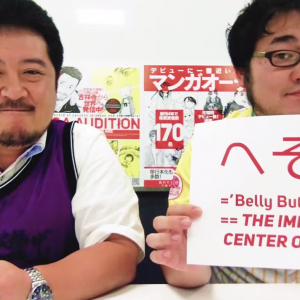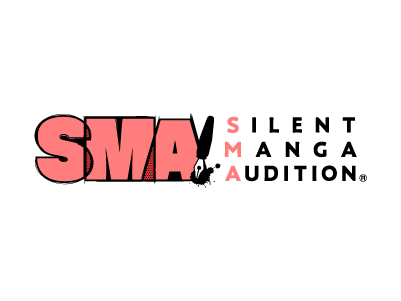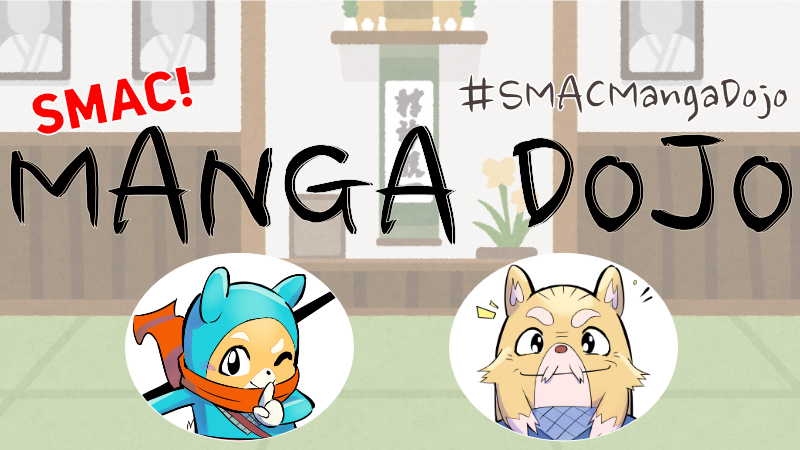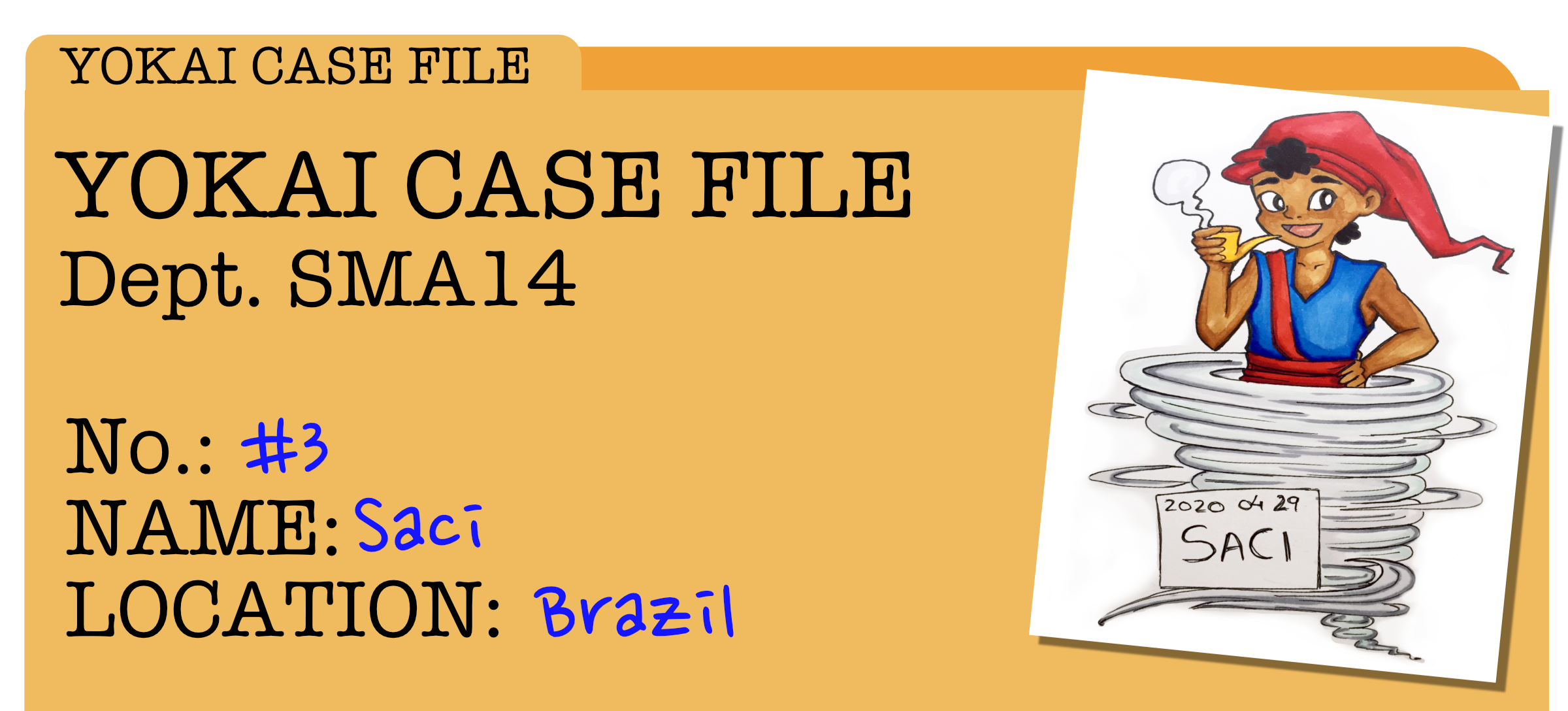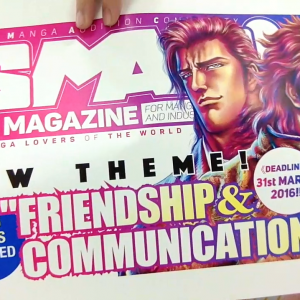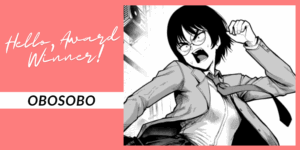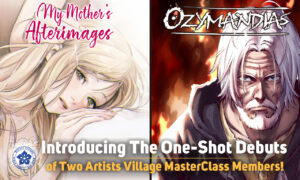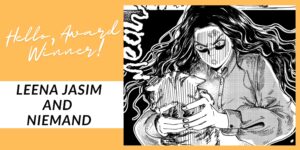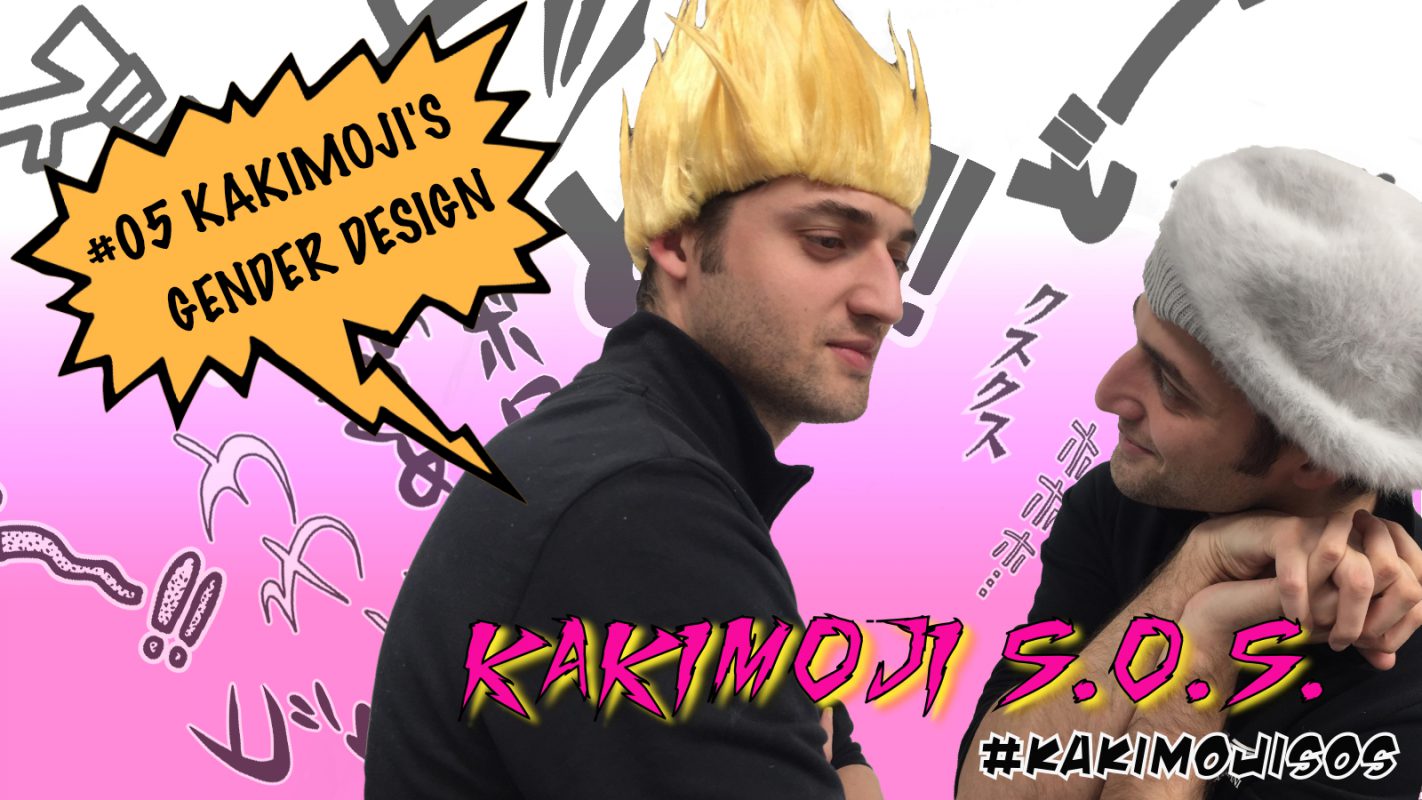
– Enrico-kun, you are so KAWAII! *doki doki*
– Hmph, what are talking about, Enrico-chan! I’m all for conquest and power!*GOROGORO*
– W-Why don’t understand my feelings?! *Uwaa*
– Tsk.
– Instead of that cold, big Raoh as your life goal, I hoped you chose Ryo Saeba!
– Na, Nani!?
 Hello, my noisy friends and welcome to this week’s episode of Kakimoji SOS, the only article series that brings you directly into the centre of the manga making process! Here, we analyse the onomatopoeia found in all your favourite manga (while always trying to make you laugh out loud with my eccentric performances 😜).
This time we will analyse the differing Kakimoji styles used SHONEN and SHOJO manga.
But, before start, let me give you a little refresher of what happened last week:
Hello, my noisy friends and welcome to this week’s episode of Kakimoji SOS, the only article series that brings you directly into the centre of the manga making process! Here, we analyse the onomatopoeia found in all your favourite manga (while always trying to make you laugh out loud with my eccentric performances 😜).
This time we will analyse the differing Kakimoji styles used SHONEN and SHOJO manga.
But, before start, let me give you a little refresher of what happened last week:
 Boo! We don’t want to listen to this again! We want to plunge right into the action! YEAH!
Oh yes Penmaru? You know, you are absolutely right. So why don’t you tell our friends the 5 categories of Kakimoji? I assume you did your homework, didn’t you?
Boo! We don’t want to listen to this again! We want to plunge right into the action! YEAH!
Oh yes Penmaru? You know, you are absolutely right. So why don’t you tell our friends the 5 categories of Kakimoji? I assume you did your homework, didn’t you?
 Ga-Gasp, of course I did…!
Ehm, Kakimoji are divided in 5 different categories:
Giongo: the sound made by objects and nature.
Giseigo: for animal and human sounds.
Gitaigo: states and condition of inanimate objects.
Giyougo: aspect and movements of living things.
Gijougo: for feelings and emotions.
A-Am I right?
Yes you are, Penmaru! Good work!
Do you know what Kakimoji are used the most in manga? Gijougo! But what other examples of Gijougo can we use in this episode?Let’s look at SHOJO MANGA! (Mobuko no Koi, to be more specific).
Ga-Gasp, of course I did…!
Ehm, Kakimoji are divided in 5 different categories:
Giongo: the sound made by objects and nature.
Giseigo: for animal and human sounds.
Gitaigo: states and condition of inanimate objects.
Giyougo: aspect and movements of living things.
Gijougo: for feelings and emotions.
A-Am I right?
Yes you are, Penmaru! Good work!
Do you know what Kakimoji are used the most in manga? Gijougo! But what other examples of Gijougo can we use in this episode?Let’s look at SHOJO MANGA! (Mobuko no Koi, to be more specific).




 Interesting Enrico! In a manga like City Hunter, with both a male and female protagonist, can the same Kakimoji can be presented in different way, depending on the scene?
Ah, that’s right Penmaru! Why don’t we look at this a bit deeper next week, with a new article completely dedicated to our beloved sweeper?! 🙂
See you next week!
CIAO!
Interesting Enrico! In a manga like City Hunter, with both a male and female protagonist, can the same Kakimoji can be presented in different way, depending on the scene?
Ah, that’s right Penmaru! Why don’t we look at this a bit deeper next week, with a new article completely dedicated to our beloved sweeper?! 🙂
See you next week!
CIAO!
FOLLOW ME for more Kakimoji tips! Twitter Facebook
 Hello, my noisy friends and welcome to this week’s episode of Kakimoji SOS, the only article series that brings you directly into the centre of the manga making process! Here, we analyse the onomatopoeia found in all your favourite manga (while always trying to make you laugh out loud with my eccentric performances 😜).
This time we will analyse the differing Kakimoji styles used SHONEN and SHOJO manga.
But, before start, let me give you a little refresher of what happened last week:
Hello, my noisy friends and welcome to this week’s episode of Kakimoji SOS, the only article series that brings you directly into the centre of the manga making process! Here, we analyse the onomatopoeia found in all your favourite manga (while always trying to make you laugh out loud with my eccentric performances 😜).
This time we will analyse the differing Kakimoji styles used SHONEN and SHOJO manga.
But, before start, let me give you a little refresher of what happened last week:
 Boo! We don’t want to listen to this again! We want to plunge right into the action! YEAH!
Oh yes Penmaru? You know, you are absolutely right. So why don’t you tell our friends the 5 categories of Kakimoji? I assume you did your homework, didn’t you?
Boo! We don’t want to listen to this again! We want to plunge right into the action! YEAH!
Oh yes Penmaru? You know, you are absolutely right. So why don’t you tell our friends the 5 categories of Kakimoji? I assume you did your homework, didn’t you?
 Ga-Gasp, of course I did…!
Ehm, Kakimoji are divided in 5 different categories:
Giongo: the sound made by objects and nature.
Giseigo: for animal and human sounds.
Gitaigo: states and condition of inanimate objects.
Giyougo: aspect and movements of living things.
Gijougo: for feelings and emotions.
A-Am I right?
Yes you are, Penmaru! Good work!
Do you know what Kakimoji are used the most in manga? Gijougo! But what other examples of Gijougo can we use in this episode?Let’s look at SHOJO MANGA! (Mobuko no Koi, to be more specific).
Ga-Gasp, of course I did…!
Ehm, Kakimoji are divided in 5 different categories:
Giongo: the sound made by objects and nature.
Giseigo: for animal and human sounds.
Gitaigo: states and condition of inanimate objects.
Giyougo: aspect and movements of living things.
Gijougo: for feelings and emotions.
A-Am I right?
Yes you are, Penmaru! Good work!
Do you know what Kakimoji are used the most in manga? Gijougo! But what other examples of Gijougo can we use in this episode?Let’s look at SHOJO MANGA! (Mobuko no Koi, to be more specific).

HAAN (Aww)
This Kakimoji is used when a character remembers a very touching moment (not necessarily embarrassing)! Just look how cute it looks with that heart mark and color effect!
Than we have BIKU (to be surprised)
The original Japanese word which this Kakimoji comes from, is Bikkuri. In this design, Biku represents a very cuteness, with adorably rounded letters (especially the “BI”).
Finally, we have KAA (to be embarrassed)
This Kakimoji represents the embarrassment of a character and her/his face gradually becoming red. Just look how cute it is, using the same color pattern as the protagonist’s cheeks! Every Shojo Manga Kakimoji shown today, has a very specific, cute design. Now let’s see what happens when we bring the same onomatopoeia from a Shojo Manga into Shonen Manga:
KA!
When the sun’s light enters the room and shows the face of the character for an instant, that moment is expressed with KA. Because of the change of light in the room refers also to the change of mindset of the character, KA is the the Kakimoji representing resolution and determination. What was very cute before, is now dramatically changed, with a tough design that fits the atmosphere of the story. Also, the meaning of the Kakimoji changes, now representing the protagonist’s bravery. This is the power of onomatopoeia and Kakimoji. Even the same Kakimoji, used in two different manga’s can assume a different meaning and design, showing the reader the characters emotion and intentions in the most suitable way. Interesting Enrico! In a manga like City Hunter, with both a male and female protagonist, can the same Kakimoji can be presented in different way, depending on the scene?
Ah, that’s right Penmaru! Why don’t we look at this a bit deeper next week, with a new article completely dedicated to our beloved sweeper?! 🙂
See you next week!
CIAO!
Interesting Enrico! In a manga like City Hunter, with both a male and female protagonist, can the same Kakimoji can be presented in different way, depending on the scene?
Ah, that’s right Penmaru! Why don’t we look at this a bit deeper next week, with a new article completely dedicated to our beloved sweeper?! 🙂
See you next week!
CIAO!
FOLLOW ME for more Kakimoji tips! Twitter Facebook
